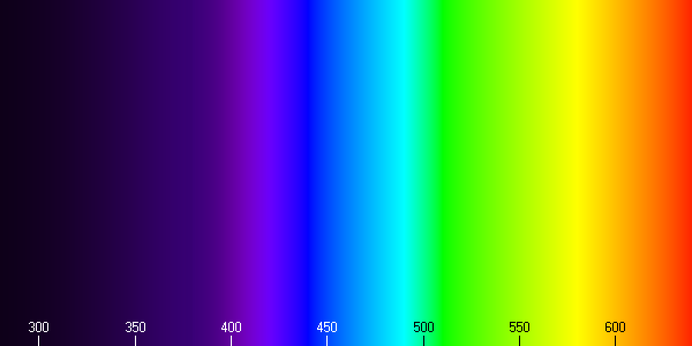
Spectral range is essential to measuring visible light spectrum wavelengths and giving your organization insight into its forensic test samples. With a spectrophotometer from HunterLab, you can test the spectral range of your forensic samples with unparalleled accuracy and insight.
Spectral range refers to the range of color wavelengths a spectrophotometer can measure. Spectrophotometers measure electromagnetic radiation by dividing it into spectral ranges depending on each color’s wavelength. Spectral wavelengths range from 10 nm hard gamma radiation wavelengths to kilometer long-wave broadcast wavelengths. Every color exists in a wavelength range of 380-780 nm, which are the same wavelengths perceived by the human eye. Spectrophotometers allow humans to perceive the accurate wavelength of color in an objective and reproducible fashion.
The Importance of Spectrophotometry
Spectrophotometry is a form of electromagnetic spectroscopy that takes quantitative measurements of reflective and transmissive properties. The pharmaceutical, food and forensics industries frequently use spectrophotometers to test the color of their samples and products using quantitative wavelength measurements. Using spectrophotometry, you can test the quality of everything from coffee and tomatoes to advanced biopharmaceuticals.
Spectrophotometry is essential in biology, chemistry, chemical engineering, physics, material science and molecular biology.


